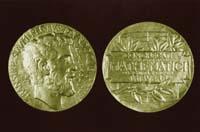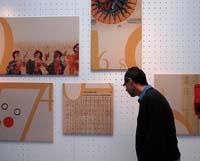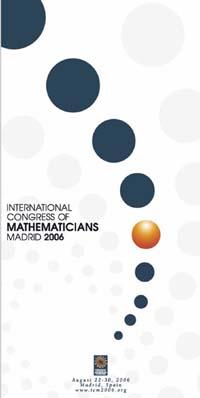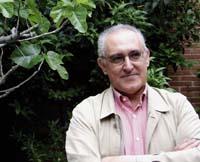Fields Medal, youth race

The Fields medal is both famous and unknown. Famous among mathematicians for the importance of the Nobel Prize. And the unknown in society, because it has spread very little, even as the Nobel.
The Fields medal winners do not have much media space. And why should they be? Fields medals are given every four years and the cash prize is of no importance to the Novel. It doesn't seem very interesting.
However, from different points of view there is an interesting prize. Above all, the issue of age; one of the requirements a mathematician is required to win the Fields medal is to be young. You are required to conduct important, successful, modern and quality research. But, casually, once achieved, he must be a young mathematician.
The creator of the prize, the Canadian John Charles Fields, did not mention it in the will, but created it to reward the work done and encourage the work to be done. But they interpreted that he had to have a prize to give to young people, and that's why they put a limit on age: mathematicians over forty have never been awarded the Fields medallion.
Unique discoveries

This limitation has left many mathematicians without receiving the prestigious award when, despite quality research, they were published for more than forty years. Lennart Carleson, this year's Abel award, is a good example. The award given at the 1966 congress could not be received by Carlos, 38, for not having published the results of his research. Four years later, the next congress was late for Carlos.
Something similar happened with the British Andrew Wiles. He demonstrated Fermat's last theorem, the XVII. A famous 20th century theorem. Since Fermín proposed until it was demonstrated, three hundred years passed. Wiles showed that in 1995 he was 42 years old. The next BWI congress took place in 1998 in Berlin, where he was given a silver plaque for this work, but not the Fields medal. Moreover, Wiles has already received ten important awards for this work, but he will never be able to receive the Nobel Prize in Mathematics.
However, a mathematician who achieves a brilliant result receives the Fields medal. In this year's awards, it can be a case of this kind: a problem raised a century ago that has just been solved. In the opinion of Efinn Zelmanov Fields, the Russian Grigori Perelman can receive this year the medal for the resolution of the conjecture proposed by the French mathematician Poincaré. However, in most cases there are no such brilliant results, especially among those under forty.
Maximum four
In addition to the theme of age, the award is interesting for many other things, such as the number of medals that are given on each occasion. The award ceremony is held every 4 years and a medal has never been awarded. Therefore, he is not the only winner. They are at most four.

Fields medals have already been distributed in fifteen congresses, for the first time in 1936, and subsequently, after World War II, from 1950, every four years; in six congresses four medals were distributed, in two congresses three and two in seven. At the last congress, held in Beijing in 2002, two medals were distributed, which has generated great speculation for this year. Some believe that four medals will be distributed this year, but until they are distributed you cannot know.
That is why it is very difficult to make quinielas. Who will win the Fields Award this year? Some believe that it will be Perelman who will lead him to demonstrate the conjecture of Poincaré. But from there there are no more medals to announce. It is clear that you have to work hard and fast to win the Fields medal. In fact, most studies done in a few years are not very important, as research takes a lot of time. Although each mathematician knows several candidates from his area, it is a very broad field.



Buletina
Bidali zure helbide elektronikoa eta jaso asteroko buletina zure sarrera-ontzian











